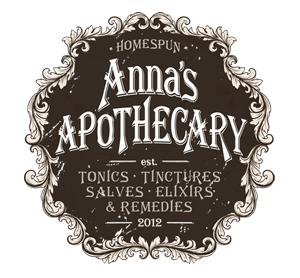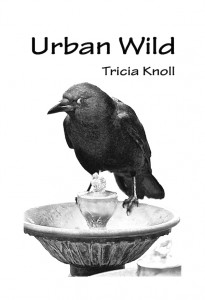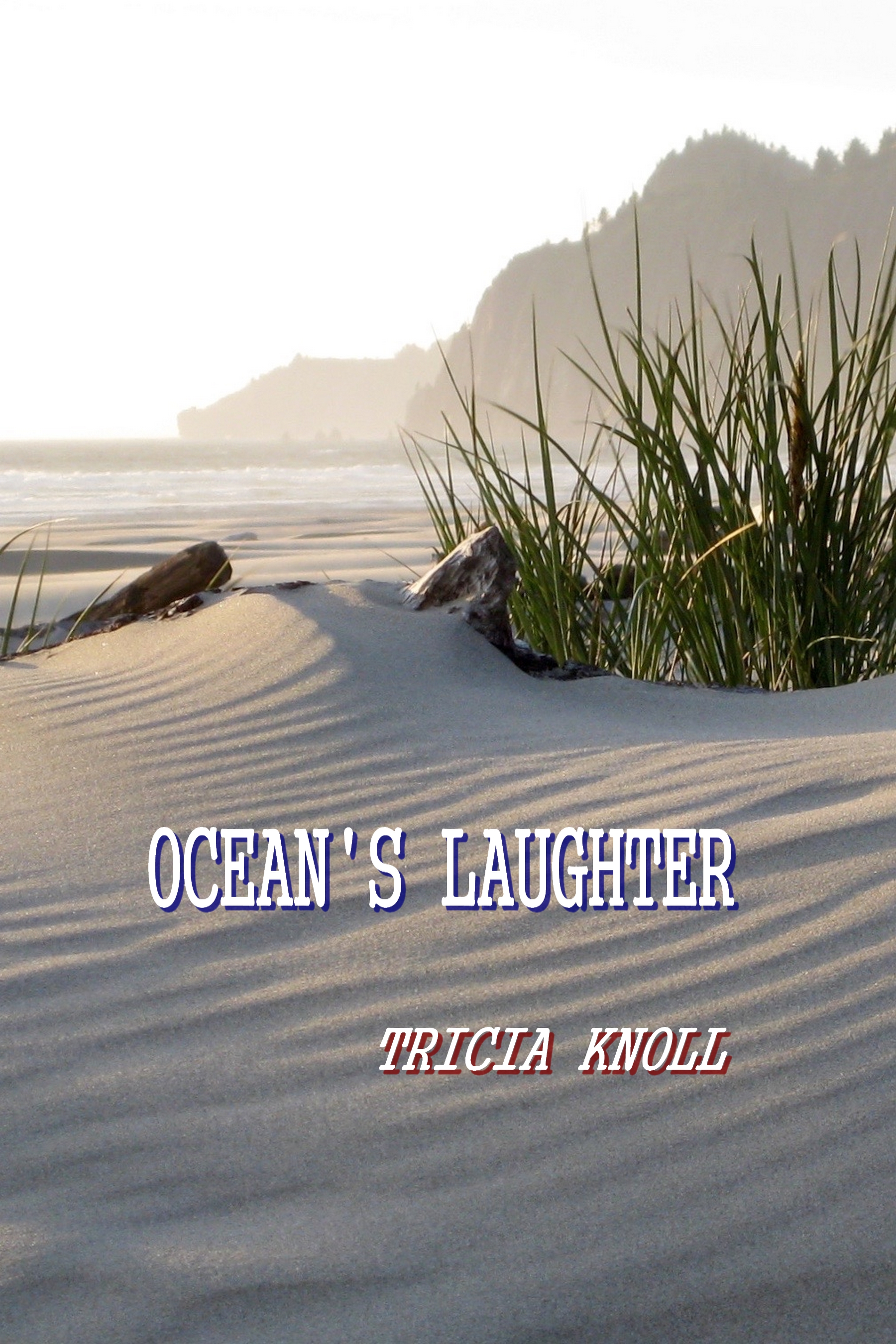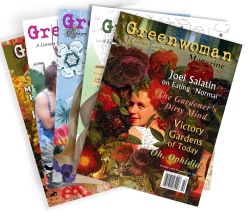
I had forgotten all about this piece, written over a decade ago, until the blog Garden Rant contacted me about a month ago. They were looking for photos for their guest posts as many had been lost and they were rebuilding their website,
What a gift it was to relive sweet memories.
Wishing for a beautiful spring for us all,
—S.K.
The Bounty in a Bulb
I’ve had my share of bulb fever over the years. It’s always the same, coming on in late summer, intensifying with fall, and eased only by hours poring over full-color bulb-porn catalogs and long, excited lists. I’ve splurged a few times, putting in big orders that included the practical (species tulips, muscari, Darwins) to the extravagant (parrot, fringed, and peony tulips, Allium ‘Globemaster’ and shubertii.)
And I have loved them all.
For me, it began sixteen years ago, during the first fall in the home we live in now, with my first real garden. I wanted bulbs and lots of them. Early in November, eight months pregnant with our second daughter, I planted 180 in one day; dozens of fancy tulips for the front of our bungalow (most lasted one season), ‘King Alfreds’ by the street, drumstick alliums, crocus, and blue ‘Glory of the Snow’. I remember my sister-in-law Victoria’s charming comment on how the husks enveloping the daffs were their “little jackets for the winter.” She helped me dig big holes and instructed me in proper bulb planting–sprinkle the holes at the bottom with bone meal, add enough bulbs to make a nice show.
I ended the day sore and happy. The next spring, in a new home, with a new baby and so much floral beauty, was glorious.
Looking back now, with the girls mostly grown and nearly two decades of gardening behind me, I realize that what made it glorious was not really the bulbs. What filled my heart was springtime itself and our young family (I see it now as a mirror image of the youthful abundance then around us). In a word, love. The bulbs were just icing on the cake. I know this because three years earlier I felt just as happy sitting on a small porch in May, at a different home, with no garden to speak of, and our first baby in my arms. That spring I fawned over what grew in a section of our cramped yard–a few scruffy grape hyacinths (not planted by me), scrawny wild roses canes that came from who-knows-where, beginning to bud, and the antics of a single robin. Simpler, but just as sweet.
That said, I know that hopping on the bulb-buying bandwagon is hard to resist. Gardening, for many of us, is a giving pursuit, and pleasure comes in delighting not just ourselves, but others. When I see a neighbor on our sidewalk, stopping, smiling, pointing at something I’ve planted, I’m thrilled. If you are in the business, it’s pretty much a duty to have a show-stopping garden and first-hand plant education. But for those of you who don’t have money to spend on bulbs for the spring and are feeling blue, to you I say, “It’s okay.” Personally, my bulb catalogs are where they’ve been stashed for the last few years, in the “maybe” pile on the reading table, as in, if something happens where a ton of money comes my way, I’m gonna buy me a LOT of bulbs. It’s not going to happen again this year, and you know what? It’s fine.
When spring comes I’ll enjoy those hardy bulbs that have persisted in my garden, grape hyacinths, the six ‘Globemasters’ that get smaller each year but are still fascinating, the few bright spots of Darwin tulips that always bring a glad surprise, and a patch of those prolific species tulips, the Tulipa clusianas. If I find I can’t live without buying something this fall, it’ll be a small purchase, maybe a box or two of those $2.99 bulbs I’ve been eyeing at the grocery store, or a fragrant hyacinth at the neighborhood garden center to force in a colorful glass (it is a lot of fun). As the proverb goes, it only takes one to feed the soul.























